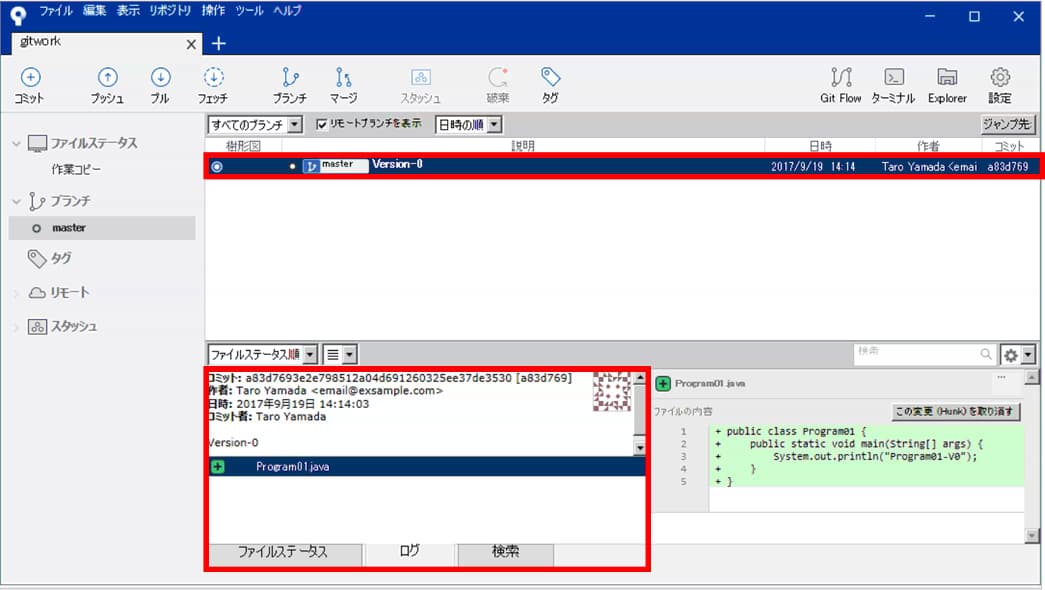
It’s also not that secure.Ī window will open and load in your browser. In case you’re wondering, the “Basic” authentication type uses your account’s username and password and has been deprecated by GitHub so it will stop working soon. In the popup that opens, select the “Authentication” tab and click on the “Add” button.

In SourceTree, using the top menu navigate to Tools ⇒ Options.

There are several ways of doing that and we’re going to use the easiest: connection over HTTPS.įirst make sure that, in your browser, you are logged in to your GitHub account. Once SourceTree is installed we need to add your GitHub account to it. I am not sure to what extent since I don’t have a Mac, but I believe the essentials are still pretty much the same. Getting SourceTree set upīefore we start it is worth noting that SourceTree is different on Mac and Windows. While installing SourceTree, provide your BitBucket credentials and, when asked, select Git and not Mercurial (another versioning system) unless you want to give it a try. In Github, you get only public repositories on the free plan. If you’re going to start using Git, it’s a good idea to have a BitBucket account since, unlike GitHub, they offer private repositories with their free accounts. BitBucket is a GitHub competitor from Atlassian, also makers of SourceTree.
#USE SOURCETREE INSTALL#
To install SourceTree you need a (free) BitBucket account. If you haven’t already, download SourceTree and install it. Posted by Nour Akalay on DecemUpdated on October 8, 2020.

Let’s move on to serious stuff with SourceTree. The Git and SourceTree beginner's guide to contributing to open-source projects in GitHub - Part 3 - Working with SourceTreeīy now you have learned the essential concepts you need to start using Git (part 1) and have done some forking and branching in GitHub (part 2)


 0 kommentar(er)
0 kommentar(er)
